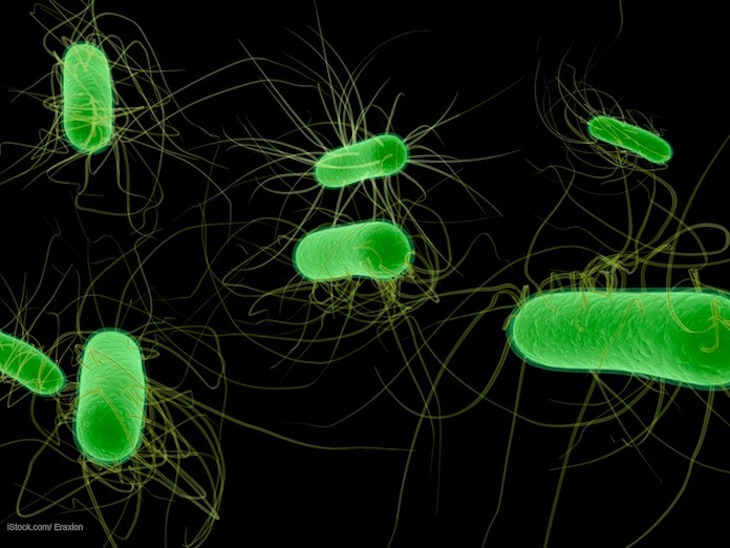Another mystery E. coli O157:H7 outbreak has ended with no source, according to the Centers for Disease Control and Prevention (CDC)> The FDA and USDA collected different types of dates but were unable to identify a food source of this multistate outbreak. The outbreak is over as of March 11, 2021.

Last summer and fall, the CDC announced two other mystery E. coli O157:H7 outbreaks that sickened a total of 44 people, hospitalizing 18. The pathogen in one of those outbreaks was linked to bacteria that sickened people in a 2019 romaine lettuce outbreak.
A total of 22 people in 7 states were sickened in this latest outbreak. The case count by state is: Arkansas (9), Maryland (1), New York (1), Oklahoma (6), Texas (1), Virginia (2), and Washington (2). Illness onset dates ranged from December 18, 2020 to January 12, 2021. The patient age range was from 10 to 95 years. Of 20 people who gave information to public health officials, 11 were hospitalized, which is a very high hospitalization rate even for an E. coli outbreak. Three people developed hemolytic uremic syndrome (HUS), which is a type of kidney failure. And one person who lived in Washington state died.
State and local officials interviewed people about the foods they ate the week before they got sick. The CDC analyzed the data and didn’t identify a specific food item that was common to the patients. The patients ate a variety of items, including leafy greens, which have been linked to many outbreaks lately, broccoli, cucumbers, and strawberries. None of these food items were eaten at a statistically significant higher rate than the foods eaten by healthy people over the same time frame.
Investigators used the PulseNet system to find people who were sickened in this outbreak. Whole genome sequencing did show that isolates taken from patients were closely related genetically, which means that people in this outbreak likely got sick from eating the same food.
And bactéria from fourteen patient samples were resistant to these antibiotics: chloramphenicol, streptomycin, sulfisoxazole, tetracycline, and trimethoprim-sulfamethoxazole. This resistant did not affect treatment for patients, since antibiotics are not recommended for treating this infection. Antibiotic use in E. coli cases can increase the risk of HUS development.
However, investigators did find that the outbreak strain was previously linked to various sources, including romaine lettuce and recreational water. The FDA did conduct traceback investigations on some produce items but did not find a common source of potential point of contamination.




